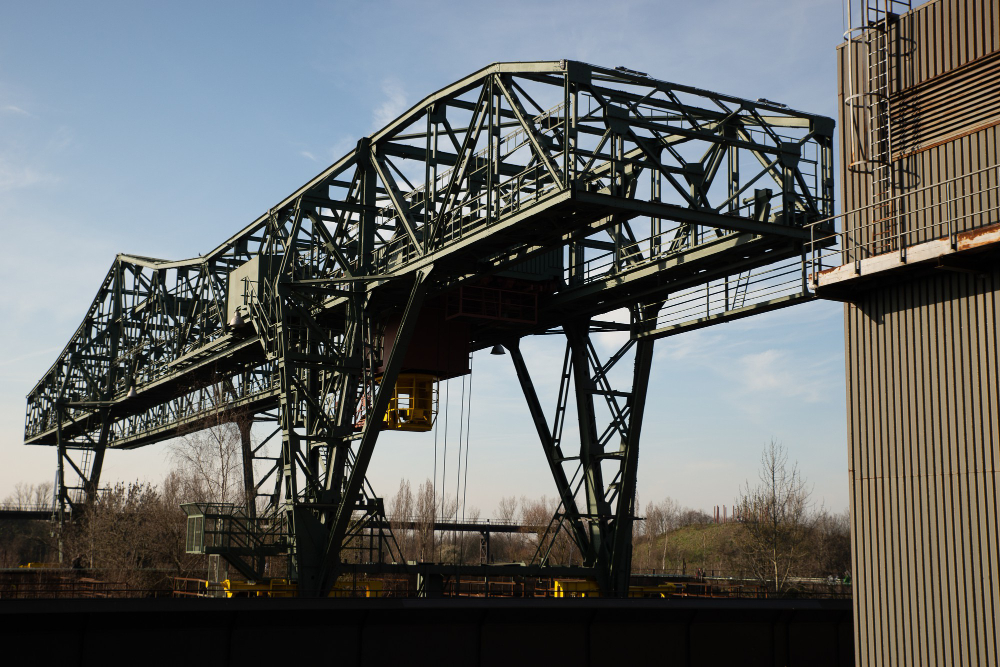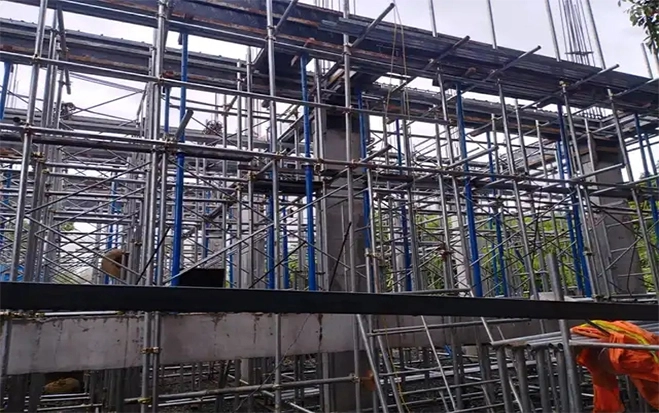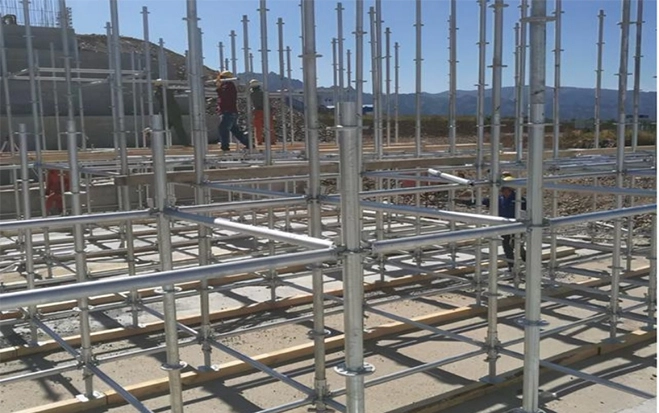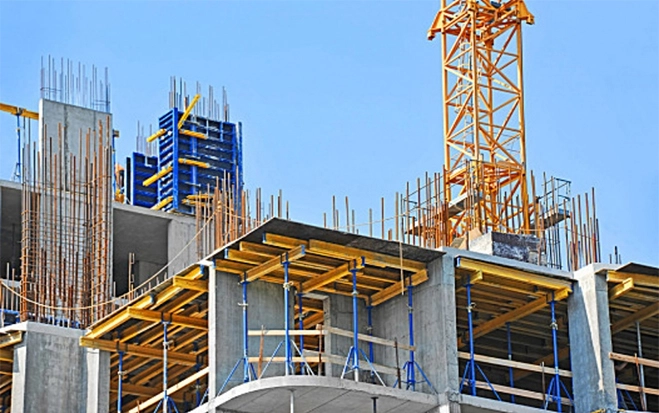When it comes to scaffolding for bridges, the choice of materials can significantly impact the efficiency, safety, and cost-effectiveness of a project. As a leading name in the industry, Taishenglan is committed to providing insights that help in making informed decisions. This blog post offers a comparative analysis of scaffolding materials used in bridge construction, focusing on their benefits and limitations.
Steel scaffolding is widely regarded as the go-to option for most scaffolding bridge construction projects. Its popularity stems from its exceptional strength, durability, and resistance to harsh weather conditions. Steel scaffolding can support heavy loads, making it ideal for large-scale bridge projects. However, its heavyweight and the need for specialized transportation and assembly can increase project costs.
Aluminum scaffolding presents a lighter alternative to steel, without significantly compromising on strength. Its lightweight nature makes it easier and more cost-effective to transport and assemble, particularly beneficial for scaffolding bridge projects in remote or difficult-to-access locations. While aluminum scaffolding is more expensive than steel, its efficiency and reduced labor costs can offset the initial investment over time.
In some regions, bamboo scaffolding remains a preferred choice for smaller bridge projects due to its sustainability, flexibility, and cost-effectiveness. It is particularly popular in Asia, where bamboo is readily available. Bamboo can be a viable option for temporary scaffolding for bridges, especially in areas with environmental concerns. However, its susceptibility to weather and limited load-bearing capacity restrict its use to smaller, less complex projects.
Fiberglass scaffolding is valued for its non-conductive properties, making it suitable for bridge projects near power lines or in electrified environments. It is also resistant to corrosion, lightweight, and easy to assemble. Despite these advantages, fiberglass scaffolding is less commonly used due to its higher cost and lower strength compared to steel and aluminum.
Selecting the appropriate scaffolding material requires a careful consideration of the project’s specific needs, including load requirements, environmental conditions, budget, and accessibility. As leading scaffolding suppliers, Taishenglan recommends consulting with experts to evaluate the best option for your scaffolding bridge construction project. Our team is dedicated to providing high-quality scaffolding solutions tailored to meet the unique demands of each project.
In conclusion, the choice of scaffolding material plays a crucial role in the success of bridge construction projects. Whether it’s the strength and durability of steel, the lightweight efficiency of aluminum, the traditional appeal of bamboo, or the non-conductive properties of fiberglass, each material offers distinct advantages. Taishenglan is here to guide you through the selection process, ensuring your project benefits from the most suitable scaffolding solution available.

This is the last one.



